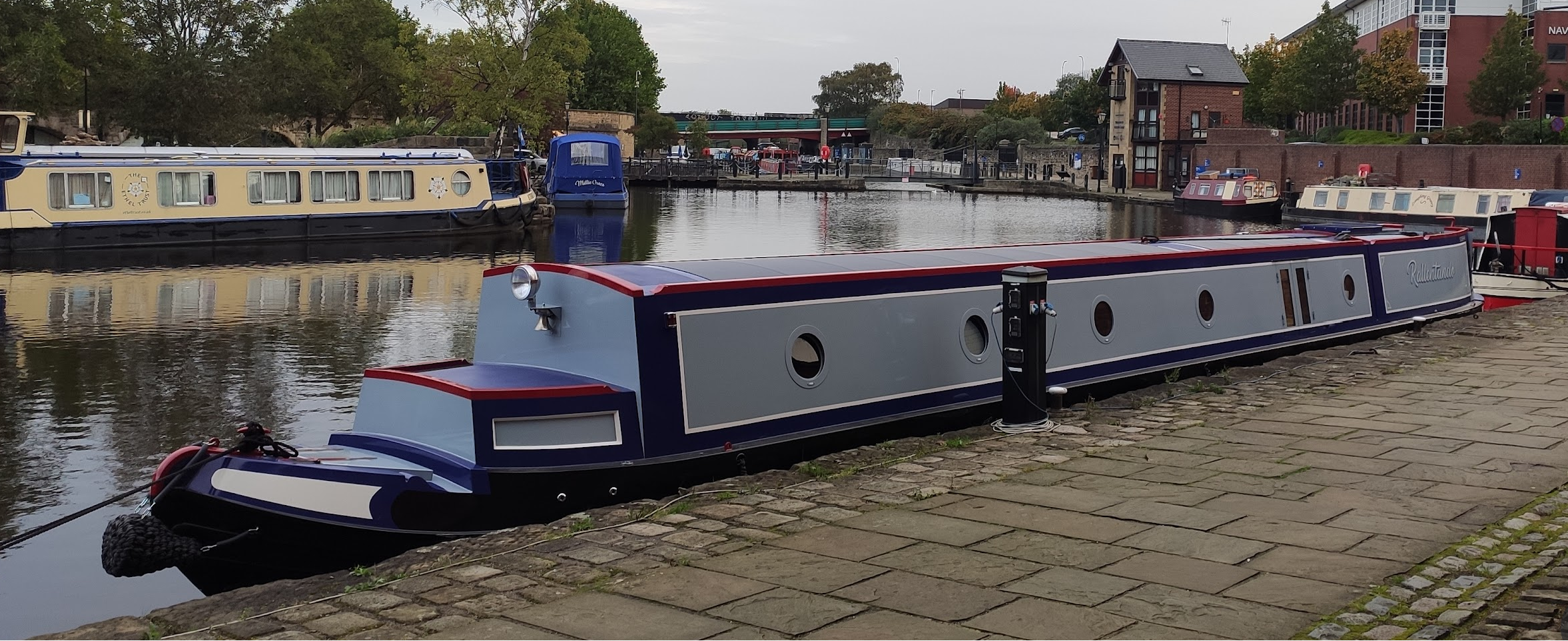I've said many times that the SIM socket is a known weakness of the NR5103E -- and yes, some people have had problems, but also many haven't -- and you only ever hear about the few who have a problem, not the many who didn't, I know the source I bought mine from sold hundreds of them with few returns, but then they also tested them before despatching them. Apart from this negative point it's a pretty good router, especially for 4G/5G 4x4 MIMO use with *one* external antenna... 😉
If you don't like the NR5103E SIM slot, buy something else instead e.g. Huawei. If you don't want a locked router, pay more for an unlocked one. If you want a robust unlocked router which doesn't need hacking, works with one antenna, and has two robust SIM slots, pay 3x as much and get a Teltonika.
As usual, there's no perfect and cheap solution, you pays yer money and you takes yer choice... 🙂





